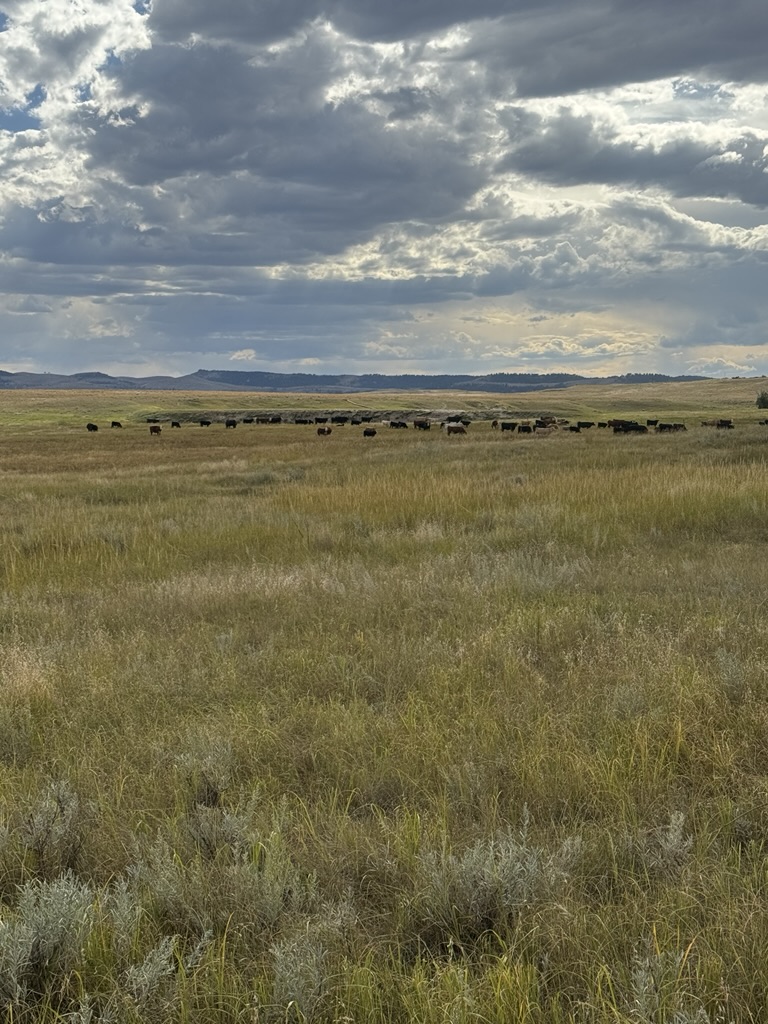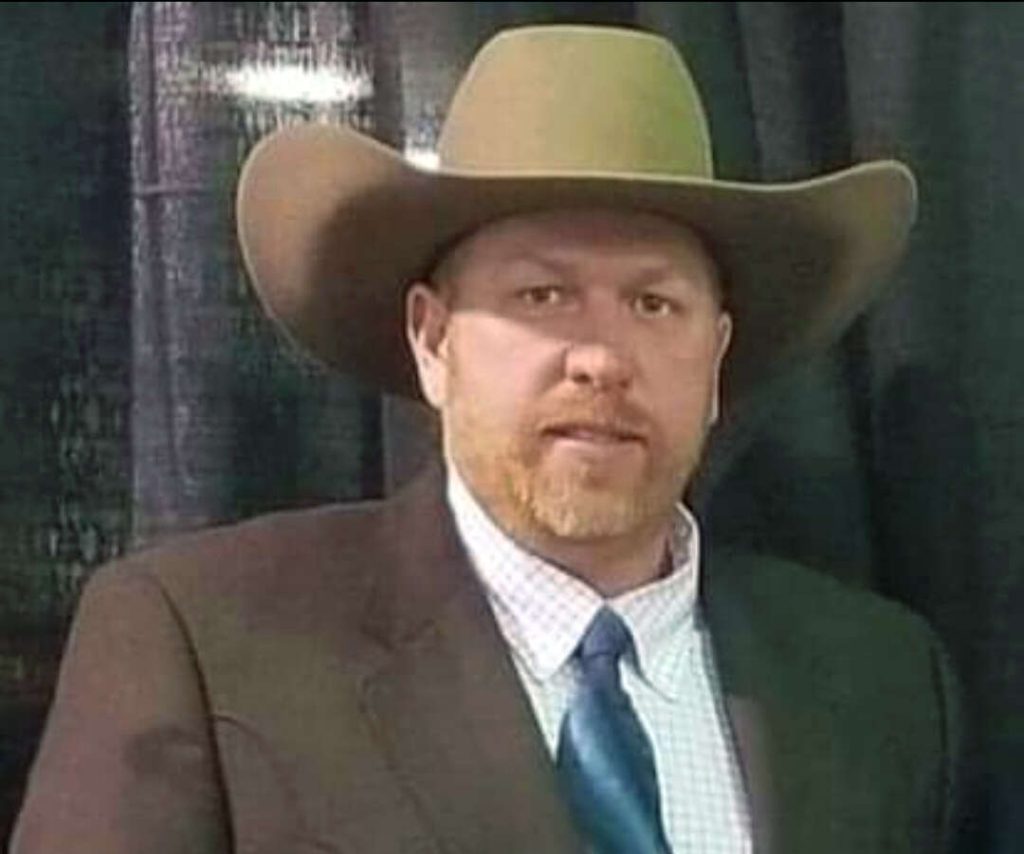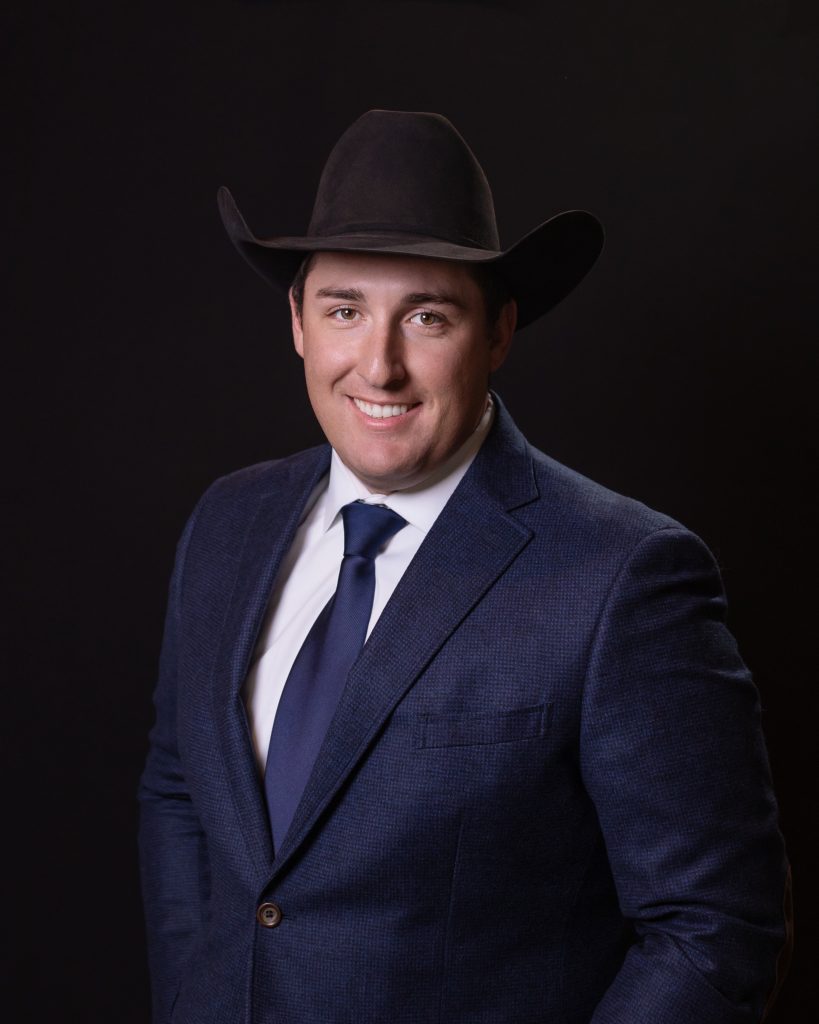 Fieldmen-RFP-091525
Fieldmen-RFP-091525
Kelly Klein, a fieldman for The Fence Post magazine and Tri-State Livestock News has been in the auction business for well over 20 years, currently working at Napoleon, N.D. Klein said unusually wet conditions across the Dakotas is slowing the start of the fall run.
Eastern and central North Dakota, he said, have been extremely wet but the rains have been spread out and timely across the summer. The other side of the coin, though, is the record number of tornadoes the area saw.
 Kelly KleinKelly Klein
Kelly KleinKelly Klein
The tornadoes destroyed a number of grain handling facilities, which he said will force farmers and elevators to raise the alarm with the strong potential of excellent crops this fall. Klein said multiple elevators have told customers they won’t accept soybeans this fall to save capacity for corn
Klein said the North Dakota potato harvest has also begun and he said there isn’t concern about storage for potatoes or sugar beets, with high demand for both after several dry years.
“It looks like the crop of potatoes is phenomenal this year,” he said. “Everything lined up — plenty of moisture, temperatures were right, and the potato crop is bumper.”
“Haying was difficult,” he said. “Well over 90% of the hay took on lots of moisture when it was down and cut and turned into poor quality stuff.”
With cool and wet conditions, the crops and the choppers are behind, necessitating a long fall and a few more heat units to finish the season. He did say en route to Belle Fourche, S.D., for The Fence Post companies’ Ag Summit this week, he did see a few choppers running.
As for yearlings, Klein said good pastures meant producers were hanging on to cattle a bit longer, even with record prices.
“The calves, though, they haven’t started moving in our area,” he said. “We are seeing some weights be quite a bit lighter just due to the fact our grass was so wet, it didn’t mature and these calves are coming in quite a bit lighter, which at these prices will probably be alright, but everybody likes to be similar to years past and I think we’re going to see 40 pounds or 50 pounds difference in these calves at weaning time.”
Klein said many creep feeders that have long sat in fence rows have been used this fall with producers trying to capture a piece of record prices.
“The buyers wanted green calves for the last four or five years, so they put the creep feeders away and now with what these calves are worth and at lighter weights and cheap grain prices, they’re going back to put some weight on those calves.”
From an auctioneer’s standpoint, Klein said he’s sold more weigh up bulls this fall than he can remember over his lifetime.
“The salvage value of those bulls is so high,” he said. “In fact, it’s record high. These guys are taking a lot of big bulls and older bulls right to town and they’re going to change up their genetics and come back to the sales in the spring and buy new and it’s a great time for those guys to do that.”
Klein said many of his customers are considering selling heifers this year if prices hold.
“These guys are getting older and many of them don’t have as much help at home so calving out heifers can become a problem for some operations,” he said. “They’re willing to pay a little more for second or third-calf cows and let the heifers go down the road.”
SOUTH DAKOTA
Dan Piroutek, who has been with Tri-State Livestock News since the mid-1970s, is based in Milesville, S.D., in the west central part of the state. He is also a market representative for Belle Fourche Livestock Market and Phillip Livestock Market.
“The people in the cattle business feel really good and are happy with the prices,” Piroutek said. “Of course, I run into a fair amount of people who are grain farmers and they have a wonderful crop coming and they’re happy about that, but they remain concerned about grain prices.”
He, too, said he anticipates a strong bull market to continue.
 Dan PiroutekSONY DSC
Dan PiroutekSONY DSC
“In the last six weeks I’ve seen a lot of bulls coming to town that people have used during the summer and they’re not old, used up bulls, they’re turning over a lot of bulls,” he said. “It’s going to be a very strong market for breeding stock.”
He said he anticipates the commercial stock cow market to also be strong, especially once calves are marketed, though he said he hasn’t seen many load lots of calves through the local barns.
“There’s way more capacity than there are cattle in the feedyards,” he said. “It has to do with the southern border being closed and not putting up with the Mexican cattle. As a whole, I think the cow calf operators are happy that it’s closed but I’m sure the southern cattle feeders are really looking forward to getting it open because that was a nice source of cheaper cattle for them. Consequently, we’ve seen the fat cattle market in the southern U.S. advance a strong $10 per hundredweight compared to where it was six months ago back when the border was open.”
Compared to when Piroutek began on the auction block, he said there are far more program cattle now.
“There are more uniform lots, they do a better job of selecting bulls, they do a better job of making a health protocol,” he said. “A lot of the calves have had shots right after birth, at branding time, and they give them two rounds of shots in the fall.”
That, he said, is the real key to attract buyers from the Midwest and for those calves to get on feed and stay healthy.
As for his experience based on marketing cattle for decades, he said consigning ahead of time is also key.
“With the Tri-State Livestock News, we’ve historically been involved with the advertising, but I’ve also done a lot of sales and equipment and land auctions,” he said. “Advertising is all important. I can’t stress to people enough how important advertising is.”
Piroutek said he anticipates strong prices for seedstock and does expect a wide price spread on commercial bred females.
“The top end of the cows that maybe would come from a dispersal or estate or production sale, I think will bring a big premium to the average and that also includes making the breeding period shorter,” he said. “Labor is the big factor in agriculture and the ranchers that can afford the top end of these cows want to buy a set of cows that have the lowest amount of input labor as possible. They want a short calving period and they want a set of cows that are going to go out and calve on their own and give you a good strong calf.”
He said he’s also seeing younger cattle producers entering the industry who see the premiums available and that spurs them to want to make better cattle. That said, he hasn’t seen herd numbers increase yet.
“It takes a lifetime to build up a herd, and about 5 minutes to get them out the door,” he said.
NEBRASKA
Cody Nye, a fieldman for The Fence Post magazine, who ranches near Alliance in the Panhandle of Nebraska, said his area is dry, without much measurable rain since Independence Day.
“Pasture and dry forage is mature and didn’t last as long as we were hoping,” he said. “With an early frost, corn dried quickly and early and forced the start of corn chopping a bit earlier than usual.”
Nye said it’s still too early for many calves to be sold, but the preg checked opens have been selling as well as the end of the yearlings.
 Cody NyeCody-Nye-Headshot-819×1024-1
Cody NyeCody-Nye-Headshot-819×1024-1
“I was in Crawford last Friday and it was very heavy bulls, lots of bulls being sold,” he said. “The salvage values, even with the bulls less fleshy coming off grass, we didn’t see the prices we saw in the spring but historically pretty strong.”
He anticipates seedstock bull sales to be as strong as last year, if not better. It’s no secret, he said, that everybody is going to have a little cash and many ranchers like to get rid of a little tax liability on good genetics.
COLORADO MARKET
John Campbell has been a fixture at Winter Livestock Auction in LaJunta, Colo., for 45 years. One of the most recent inductees into the Cattle Marketing Hall of Fame, Campbell said the Arkansas Valley is seeing a slower start to the fall run this year with unusually wet conditions. That is not, though, the case west of his area.
 John CampbellJohn-Campbell
John CampbellJohn-Campbell
“We have grass and everybody’s in pretty good shape, so nobody’s very excited about moving anything just yet, but west of us they’re going to have to start doing a little something maybe sooner than later,” he said. “You get over in the San Luis Valley and, for sure, way west along the Utah border — really the whole stretch of Colorado, which I’m sure you’re aware of, man they’re dry. Arizona is really dry, western New Mexico is really dry.”
Campbell said the prices cattle are fetching currently reflect the high quality of the livestock being brought to town.
There’s great money in the cattle business and the cow calf business, and these guys are getting a well-deserved shot in the arm the way the market currently is,” he said. “Hopefully there’ll be a chance to get some expansion.”
Campbell said in his experience, especially in the early 2000s severe drought years, producers at the mercy of Mother Nature, the rebuild is way slower than the dispersal.